A great game in the making
Supercell's Squad Busters; the core issue, and how I would try to solve it.

I.
When I interned at Supercell, I wanted to learn what makes for a great game. I thought, what better way than to go around and ask some of the best game creators what they thought the answer might be.
So I asked what makes for a great game. Here’s an answer from one person that stuck with me: the core and meta gameplay are individually strong, yet intertwined, built together, and complement each other.1 Unpacking this concept a bit, core gameplay is the moment-to-moment experience of being in the game itself, how you primarily spend your time in it. I like to think of it as the part that best explains why you’re playing the game in the first place. Meta gameplay is the progression and everything else that happens around the core gameplay. Meta keeps you coming back to the game, and encourages you to play it for a long time. It’s the meat around the bones :-).
For example, in chess playing a game against someone is core, while improving your ability to play the game, or increasing your rating, is meta. The immediate fun comes from playing against an opponent, but you keep playing the game for longer periods, in part, because you want to improve or reach a higher rating.
Individually, both core and meta should be good. Observed alone, the core gameplay should be super fun. That’s why you came to play the game in the first place. And the meta should serve some form of long-term motivation to make sure you play the game for as long as intended by the developer of the game.
But it’s not enough for the meta or core alone to be good. They should be intertwined and support each other. Playing more chess matches improves your skills. Becoming better at it unlocks new ways of experiencing the game differently ~ by getting to play against more skilled opponents, or learning new strategies. A balanced synergy between core and meta forms a balanced gameplay loop that keeps you playing the game for a long time.
I feel like it’s pretty standard knowledge in most games that playing more rewards you with progression; everyone knows that. But the biggest insight, I think, is that progression itself should feed and create more core gameplay. It’s not just some arbitrary bar you’re trying to fill up; it’s meant to give you more fun.
II.
Why introduce this concept of core-meta synergy?
In May 2024, Supercell launched Squad Busters. Their first globally launched game in over 5 years. Kind of a rarity for the company to launch a game after building a strong reputation of discontinuing the development of games not meeting their high expectations. Yet despite the initial hype around the launch, metrics suggest the game’s financial performance has been on a steady downward trend ever since.
By most standards it’s a really good game, grossing $100 million within half a year. But by Supercell’s own standards it’s not good enough, by an order of magnitude. As a result, they’ve been preparing some massive changes to the game this year, with likely the largest redesign to the game coming in May 2025.
I believe the game has incredible potential, which just hasn’t been properly realized, yet. Given the game has performed below expectations, and the changes it’s likely to face, I think it’s worth taking a proper look into the core issue faced by the game. An issue which I believe is explained by the core-meta synergy idea I learned at Supercell.
So here I’ll try to string together a couple words to present a brief practical study. Where I first identify the core issue within the game ~ my interpretation at least. Followed by how parts of the game might be redesigned to address this issue. At the same time it’s an opportunity to learn the makings of a great game.
fundamental issue: broken link
The synergy between the core and meta gameplay is a great indicator for a game’s potential. For Squad, this link between the core and meta is broken. If you merely look at the core gameplay alone, it’s easily one of the best gameplay innovations in mobile gaming in a while. But a core cannot stand by itself. It needs the support from meta, which it doesn’t receive in Squad.
Squad’s core gameplay consists of 4-minute matches that begin after you press the Play-button. The matches typically start somewhat slowly with one random character, and your task is to defeat mobs and other players to collect resources. Resources are used to buy chests that reward you with more characters. Effectively allowing you to build a large squad consisting of up to 10-15 characters towards the end of the match. You fight against up to 10 players in a battle arena that becomes smaller as the match progresses, increasing the intensity, which peaks in a chaotic rush towards the end of the match. Your goal is to either survive as the last player or collect the most gems.
Core gameplay (press to pause).
Meta includes all progression outside those matches: unlocking new characters and evolving them to create a large pool of squad members you can use in your matches. The more you play and win, the more rewards you get. Thus your squad grows: be it through the battle pass, completing challenges, limited-time events, or the rewards from winning matches.
Various forms of progression after a match (press to pause).
In theory, there’s a pretty obvious link between the core and the meta. Playing matches rewards you with character progression, unlocking new characters and evolving existing ones.
So what’s the issue then?
In practice, the link between core and meta is too weak. While the core does indeed flow into the meta, it’s only a one-way path. Meta fails to meaningfully flow into the core itself. Sure, playing games progresses your pool of characters, but the impact of this progression on your actual gameplay remains minimal. The most important purpose of any progression system is, I think, to provide meaningfully novel ways to experience the core game itself.
Our minds are wired to be novelty-seeking machines. Players seek games to experience novel forms of fun. But expectations easily adjust; what was once fun might no longer be if it’s too repetitive. This is arguably the most consequential fact that shapes how games are designed. If the progression of a game cannot provide new forms of the core fun experience, players quickly lose interest and stop playing it.
progression doesn’t meaningfully change core gameplay
..due to two reasons within the core gameplay itself:
-
Too large squads: Once fully unlocked, the total character pool is 39, out of which a subset of 15 characters can be available in any single match. As the match progresses, your squad can end up containing 10-15 relatively equal strength characters.
-
Too similar characters: Despite characters having separate abilities, when aggregated into a large squad, the individual impact of any single character becomes minimal.
All 39 characters (press to pause).
The result is that no matter what combination of characters your squad ends up with, your gameplay will feel the same. The only difference you might feel is how much attack power or health your squad has. Sure, it determines whether you win a clash between another player or not, but the actual gameplay experience doesn’t change significantly.
My point is that the progression doesn’t meaningfully change core gameplay ~ but that is because the core gameplay itself doesn’t make this possible.
Say you upgrade or unlock a single character:
- You might not even get it into the 15 character pool for the next match.2
- Even if you do, you might not get it in the next match.
- Even if you do get it in the next match, its contribution to your squad stays small.
- On top of it all, that small contribution doesn’t significantly change how you play the game; it mostly makes you stronger.
Now, it would be false to say that progression doesn’t change how you play the game at all, or that there isn’t depth in strategies. Characters do have different abilities and base stats. Also, as you progress, you do unlock new maps and new game modes.
The problem is that on the aggregate level, the impact of upgrades or new unlocks isn’t meaningful enough. It feels too surface-level. It takes too long and the effect is diluted across your entire pool of characters, leaving you with no visible changes despite playing for days and weeks. Compare to another Supercell game, Brawl Stars, where the main form of progression, unlocking a new character, completely changes how you experience the game itself.
All of this comes on top of the fact that progression itself is mightily slow and lacks player control. Remember, there are 39 characters, which are progressed randomly based on luck. Character progress is exponential, meaning that each upgrade requires 10x as much as the previous one. By itself, I wouldn’t think of this as a problem. It’s good to have depth in the economy to enable long-term gameplay. It’s only problematic because it’s combined with the issue that you as a player don’t feel a difference when you progress.
And this fundamental issue might have come about as a result of attempting to make the game too accessible.
wrong audience
Here’s Squad’s game lead Eino Joas describing the game at the beginning of 2025 roughly 8 months after its launch
Our initial goal, as always, was to make a game for the broadest possible audience. And while we succeeded in getting a huge audience interested in the game, the audience mix ended up being quite different to what we originally had imagined. Trying to make a game that appeals to everyone ended up it not being perfect for anyone. Casual audiences have a hard time finding it since it looks like a battle game, something they are not naturally drawn to. For mid-core audiences the game appears too simple, easy, lacking depth and feeling that it is a skill-based game.3
Part of the issue is explained by trying to appease too broad an audience. You can see it in the core gameplay being simple in terms of some mechanics and character abilities. To some who want that depth and competitiveness, the game can feel like a ‘walking simulator’.
I think understanding audience motivations helps us get a bit closer to seeing how the core-meta synergy really works, and why it fails for Squad.
A good starting point is the core gameplay. What parts of the core gameplay do the players derive the most fun out of? What’s the reason they come to play the game in the first place?
The meta progression should flow into this specific part. Take chess as an example, where part of the core gameplay is moving chess pieces, but moving chess pieces itself doesn’t generate fun for most people. Imagine a version of chess where the more games you played and the higher ratings you reached, the surface area of each chess tile increased. Sure, you would get to move the chess pieces a lot more, but that wouldn’t matter. It’s not the part of the game that generates fun for you.
Or imagine you suddenly attract a bunch of people into chess who don’t like the strategic or competitive part of the game, all they enjoy is the physical act of moving the chess pieces. For them, becoming better at the game or increasing their rating doesn’t provide any additional fun. No matter how much they keep playing the game, the physical act of moving chess pieces stays unchanged. They’ll end up bored and quit.
What I’m trying to say is that the fun of a game is defined by the audience itself, which then determines whether the progression can provide more fun, i.e., keep you playing for longer. Hence: the audience determines whether the link between core and meta is broken or not. This raises a question that must be answered:
what’s the fun part of Squad?
Chaotic and unpredictable gameplay with roller-coaster-like intensity. One moment you’re calmly cutting down trees for resources, the next you’re skirmishing against another player trying to bust you out of the game. The fun of this chaotic gameplay is built around in-game progression and competitiveness.
i) In-game progression: your goal is to continually build a stronger squad so that you’ll survive when other players try to defeat you. Your own choices play a role in how you build your squad. The randomness of it, in part, contributes to keeping the gameplay fresh while leaving you yearning for those rare powerful runs where all pieces fall into place, giving you an incredibly strong squad.
ii) Competitiveness: while in theory you can win matches without fighting against other players, the main goal is still beating the other players in the game. The thing with competitiveness is that it requires players having the ability to influence the outcome with their own skills. Losing feels bad, but losing because of bad luck always feels worse.
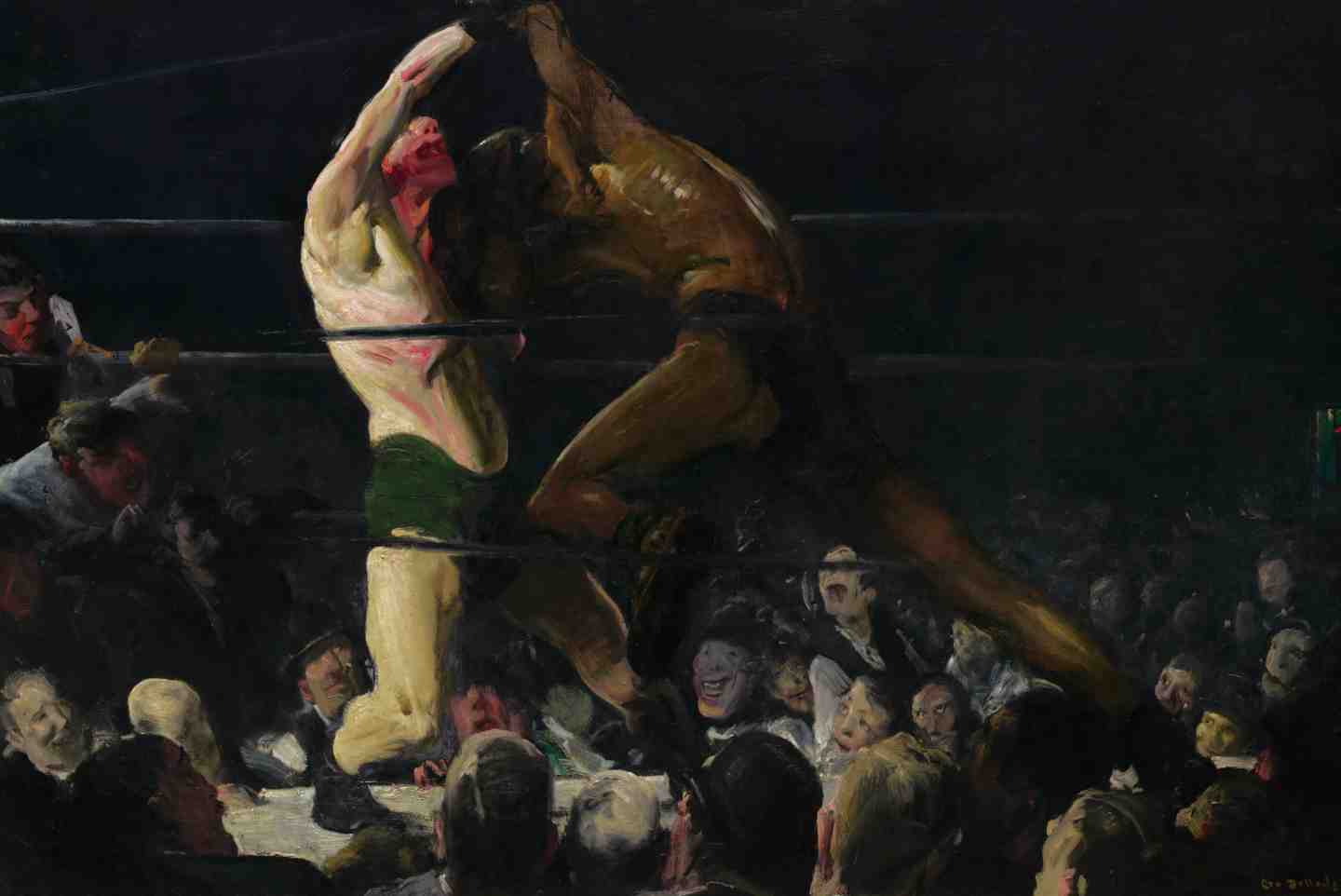
With the current source of fun defined, the game needs changes that fundamentally alter it, not just surface-level changes. Only by doing so can the progression once again flow into the core gameplay and provide more of the type of fun its players desire. Yet, all of this must be done in a way that maintains the broadest audience possible, while satisfying the needs of those who want something more than a simple casual game. The goal is still to make billions, not just millions.
Doing all of this is possible without making it too inaccessible for more casual players to start the game.
III.
Putting the ideas into a concrete form, i.e., redesigning parts of the game, makes it more viable to review and point out the flaws in my ideas. Both for you as the reader, as well as for myself too.
A bit like Henrik Karlsson’s stretching the frontline until it snaps. By stretching the explanation and making it more concrete, the idea opens up wider and creates more targets to criticize. As much as I don’t like it, most of this essay is likely pretty flawed. The more flaws I can find, the closer I can get to better explanations.
new direction
Introduce heroes that have an asymmetric impact on the core gameplay relative to other squad characters. Shifting the game away from equal-importance squads towards hero-dominated ones introduces more unique ways of experiencing the game. This enables the progression to more meaningfully impact the core gameplay. Like I’ve repeated so far, if the core-meta link is broken, then by necessity both parts of the game must be revamped to form a better harmony between them.
What this would mean is that progression and core gameplay are not driven by the base characters alone. The heroes would come to have the largest effect on your squad composition and gameplay, thus becoming the primary source of motivation to keep playing. Of course the point isn’t to turn it into “Hero Busters” ~ keep the squads and existing characters. Just make them work together with heroes who allow players to extract more novel forms of fun from the game.4
What would this look like in terms of mechanics and progression?
mechanics
Allow players to choose a hero they can bring into their matches. The hero would be bulkier and stronger than normal characters. This way the impact of progression wouldn’t be dissipated by too much randomness or large squads with many characters. It would instead contribute almost directly to your own gameplay sessions. But merely having a bulkier character you can bring with you would keep the gameplay too simple. Hence: the hero could have its own unique special attack; a powerful ability with a cooldown.
One of Squad’s core design choices has been to make the game as accessible as possible to the broadest audience. In practical terms it means simpler mechanics that are easy to use. So yes, this does bring an additional button. But for the less experienced players it’s only one more button they can smash to make combat slightly more tactile and intuitive. The current combat system requires you to stop moving and stand still ~ which doesn’t always feel intuitive when you’re trying to be aggressive and defeat another player.
Yet for experienced players it brings depth, allowing personal abilities and mastery over them to have a greater impact on outcomes. It feeds better into the competitive part of the game that makes it so fun. Besides, the shift towards higher complexity would be gradual. The earliest heroes begin with simpler and easy-to-understand abilities. Complexity can be added over time as players progress and become better. This way it stays accessible for less skilled players, but provides complexity to those who want more of it.
synergies from a killed game
In April 2024, Clash Mini, a game that had been in beta for nearly 2.5 years, ended its development. Clash Mini too was a squad building game, but with a strong hero around which you would build your squad. The key dynamic around forming squads in Clash Mini was based on synergies. When a specific set of characters got into the same match, you’d get bonus effects. Here’s what it could look like in Squad:
i) Each hero can create synergies when paired with specific characters in the same squad.
ii) Synergy effects can range from simple boosts to damage or health, all the way to more complex buffs (e.g., Mortis being able to revive boss-level monsters into your squad once a specific synergy is built).
iii) To avoid narrowing the possible range of playstyles, heroes have 1-3 different sets of synergy effects they could gain.
Again, the fear of adding synergies is that it might make the game too inaccessible and strategically complex for the more casual players. I don’t think that would necessarily happen though. In some sense, the synergy effects already exist within the game; they’re just not that obvious to most players. If you’re a new player, it can be kind of hard to know what squad to build. There isn’t much to guide you.
But adding synergies would make the strategic part of the game more explicit. Whenever you choose a hero to take into a game, you’re told what synergies you can get and from which characters. Inside the matches, when prompted to choose new characters into your squad, you will be told which ones might give you synergy effects. This way a player lacking deeper knowledge of synergy mechanics can simply choose the characters that contribute to gaining synergies. Despite seeming complex, it could act as an ease-in ramp towards one of the key parts of the gameplay: building squads.
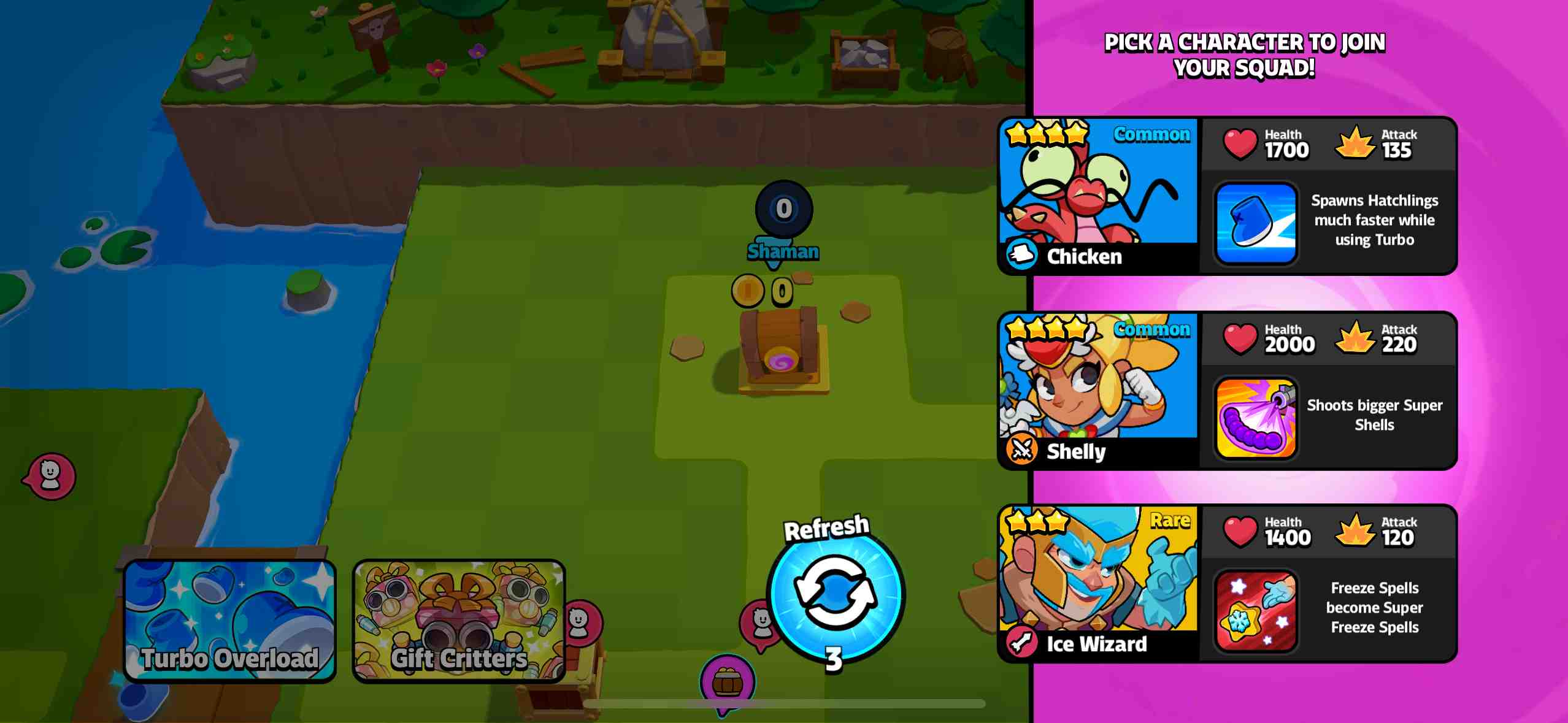
What it also provides is an additional layer of depth to game mechanics ~ just like with heroes and unique abilities ~ allowing your own skill to have greater impact on the outcome of the game. This could become another source of novel experiences within the game. As a result, progression becomes more motivating over the long term, because players are driven to keep playing to unlock those new experiences.
Though, the biggest problem would be the practical implementation. It would probably require a lot of fine-tuning to balance out the gameplay; there’s always a risk of some strategies becoming too dominant.5 But I could definitely see it working if it’s introduced slowly and over time with simpler and less powerful synergies. Then over time these are refined and new ones are introduced. Thus gameplay could stay constantly fresh.
Put together, heroes with synergies would significantly modify the core gameplay by introducing more unique ways of experiencing it. This could fix the broken link between core and meta by giving progression more ways of having a meaningful impact on the core gameplay. But if core and meta are intertwined, then how should the progression itself be redesigned?
progression
If heroes are to carry the burden of making the core gameplay fun, then they should also carry the responsibility of being the main motivation to progress and continue playing the game. So how should a player unlock new heroes and progress them?
Rewire the hammer-building structure. Currently you collect hammers and use them to purchase buildings that you can place in your plaza ~ the home screen when you are outside matches. But the current system doesn’t fit with the rest of the game. Structures neither impact your matches nor let you bring out your personality to show your friends. They sit like background props on a stage with no shows. The simplest solution is to steal the hammer currency and use it for hero progression:
- Acquire blueprints for heroes through playing the game.
- Begin construction of a statue of the hero whose blueprint you’ve acquired ~ rarity determines how many hammers you need.
- When you’ve acquired the final hammer, the hero comes alive and joins your squad.
Across cultures, statues are built to keep the memories of heroes and great individuals alive in the collective memory. In Squad the same should happen ~ except the statue literally brings the hero to life in the game.
The statue should be erected in the middle of the plaza. Any progress you make shows a visual change towards completion. Once it’s fully done, the marble turns to flesh, and the hero begins to roam the plaza. This way there’s a constant reminder of your progression.
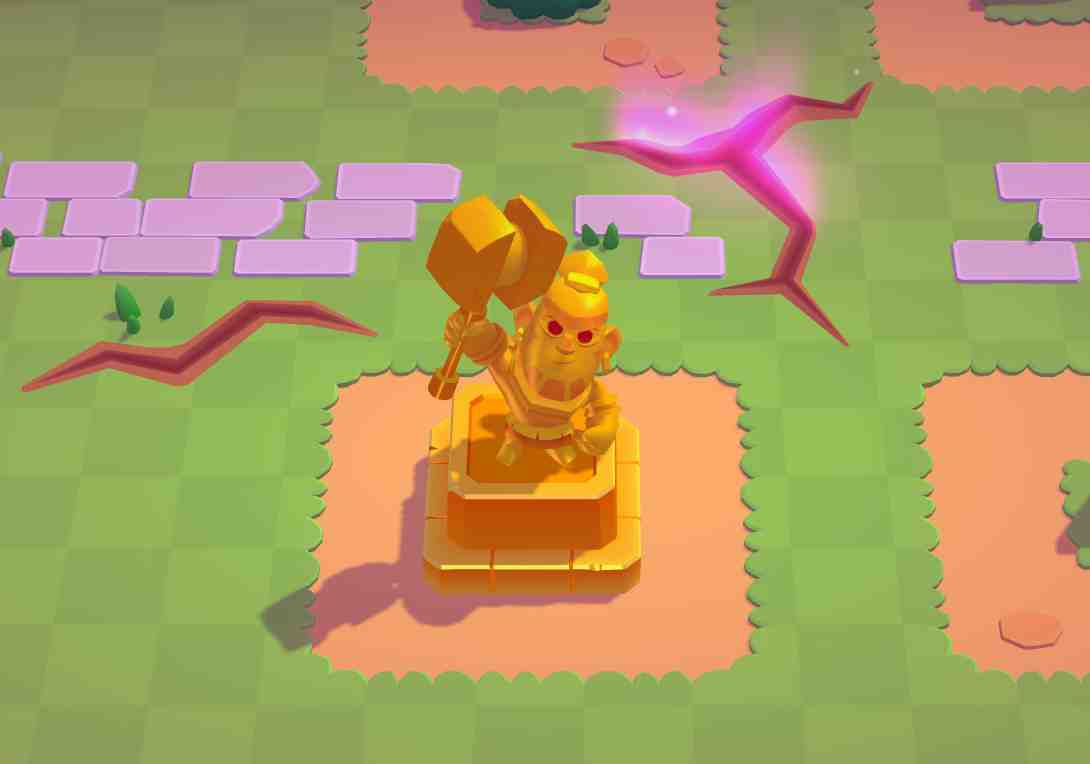
How players can get blueprints:
- Chests: both normal chests and star chests (though a very low probability).
- Treasure Room: simpler hero blueprints can be gained from playing the game normally and progressing.
- Direct Purchases: the impatient players can use real money to purchase rarer and more complex heroes.
- Battle Pass: reaching end or mid-point of the battle pass allows you to choose a blueprint.
Why the hammer system might work:
It fixes the link between progression and playing the game itself. More matches → more hammers → new heroes → new ways of experiencing the game → more matches. While acquiring blueprints still contains elements of randomness, you’re no longer fully dependent on luck to progress. The path towards more fun is clearer.
The progression with the exponential system can stay as it is for the existing characters. While it may no longer serve as the primary motivation, it’s still valuable as an alternative progression path to ensure there’s always smaller stuff to do in the background. You might try really hard to get that one character to the third evolution to finally unlock a synergy with your favorite hero.
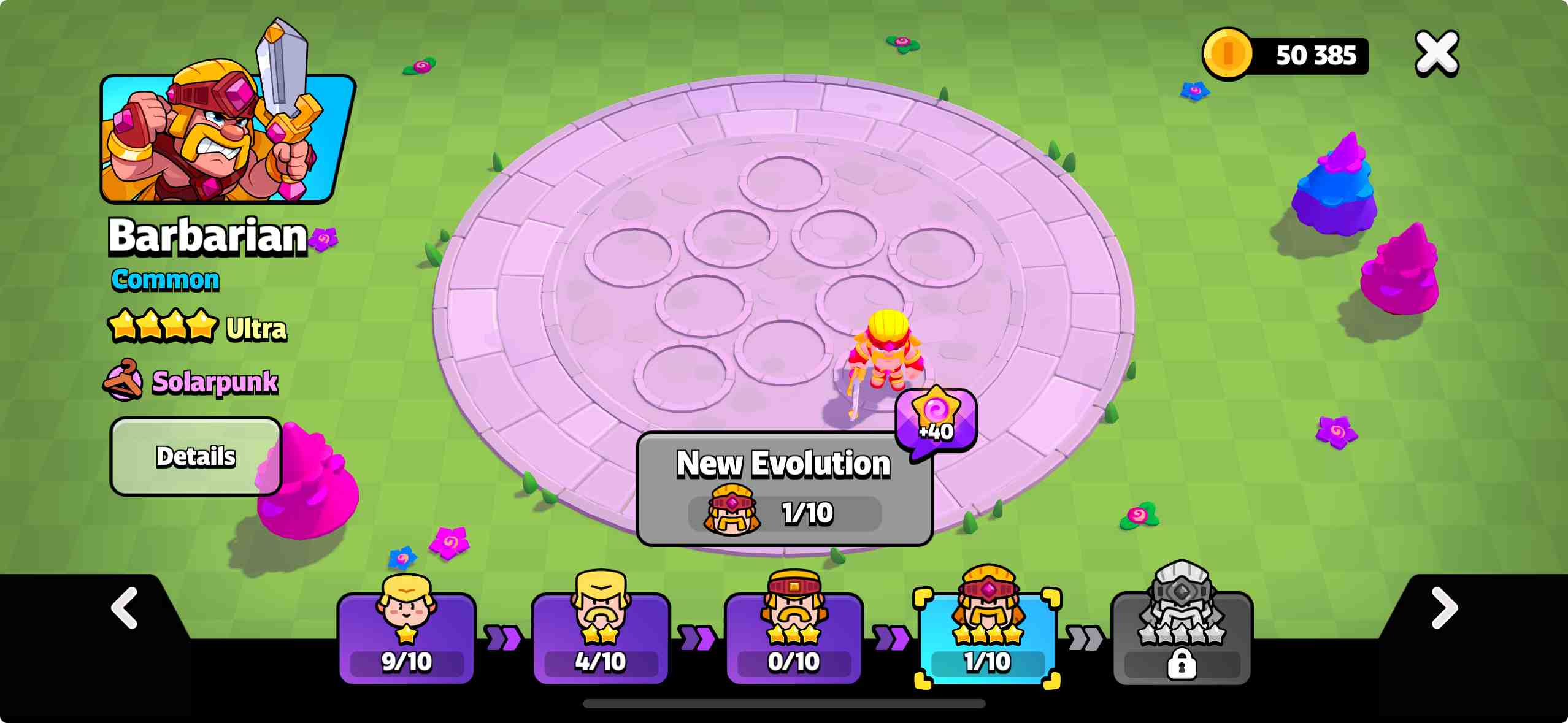
Buildings themselves could stay, but acquiring them would be locked behind unique achievements or one-off events. Similar to how it currently works, buildings would be rewards for performing well in special events, or difficult achievements, such as winning 1,000 matches. Creating scarcity makes them more valuable, despite not directly impacting core gameplay.6
how about upgrading heroes?
Once you’ve unlocked a new hero, there should be a system that keeps you motivated to continue upgrading the hero rather than immediately shifting your attention onto unlocking a new one. Unlike the existing exponential character progression, upgrading heroes should then be superlinear. So instead of each level requiring 10x as much as the previous upgrade, you would need closer to 2x for each subsequent upgrade. 10 → 20 → 40 → 80 feels much more sensible than 10 → 100 → 1,000 → 10,000.
Got it, 2x instead of 10x, how to tie it to the existing currency system though? You would upgrade characters using the coins that already exist as a currency in the game. While not as bad as with the hammers, coins too suffer from not being very useful despite being one of the main currencies in the game. Currently coins primarily help you progress faster, allowing you to purchase characters directly from the store. This gives slight control over progression direction, but again, the impact of progression isn’t meaningful enough for this to feel useful. However, if they become part of the hero progression, their role and importance as a currency would significantly increase. They would have a direct impact on hero progression, and therefore core gameplay itself.
Ideally each hero could start with 3-5 upgrades available. Some upgrades would provide basic stat boosts, others evolve the unique ability, while some add new synergy effects. I think all of this could work, because you know that the coins you collect can be directly funnelled into upgrading your hero, which you know you can take into the next battle, which you know will have a considerable impact on your gameplay.
The meta flows into the core yet again, motivating long-term gameplay.
IV.
A great game needs a harmony between meta and core gameplay where both feed off each other in a way that continues to provide fun experiences for the players. But what makes it fun depends on the players themselves. The existing iteration of Squad has not managed to craft the optimal harmony between meta and core, perhaps in part due to attempting to serve too large an audience.
Here’s Paul Graham on trying to make something that’s both big and good
The way you’ll get big ideas in, say, health care is by starting out with small ideas. If you try to do some big thing, you don’t just need it to be big; you need it to be good. And it’s really hard to do big and good simultaneously. So, what that means is you can either do something small and good and then gradually make it bigger, or do something big and bad and gradually make it better. And you know what? Empirically, starting big just does not work. That’s the way the government does things. They do something really big that’s really bad, and they think, Well, we’ll make it better, and then it never gets better.7
It’s not a perfect comparison, but there’s some resemblance to Squad. It tried making something big and good: a game that’s fun for everyone. But one-shotting a billion-dollar game is kind of difficult. Now, after many players have left, the audience is smaller. That smaller audience offers Squad the opportunity to refocus and become genuinely good. If it can deliver fun and keep the players hooked ~ and gradually compound improvements ~ perhaps the path towards the pantheon of greatest games might not be far away.8
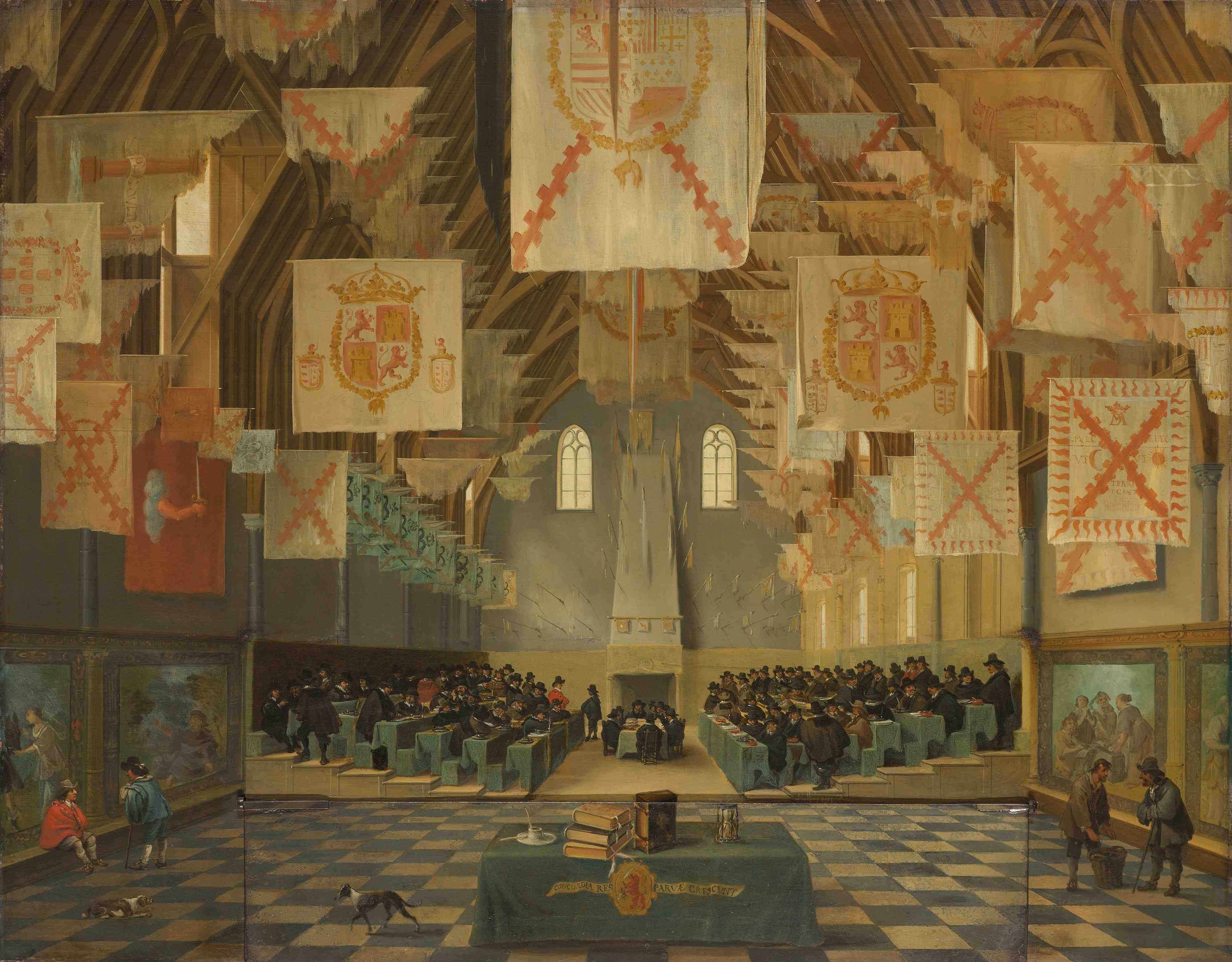
By the way, I don’t think any of the issues raised in this essay are new to the team working on the game or the player community itself. They’re both pretty acutely aware of the issues; the upcoming redesign is likely to address those changes quite well. But that’s not the purpose either. Rather, it serves as an opportunity for me to write and learn about a game I really like. One that launched with great potential, didn’t meet its original expectations, but is now at a breaking point to turn its trajectory upwards.
Also, I haven’t yet added a comment system to my website, so if you have any comments or notice flaws in my thinking, do reach out at [email protected]. I’d love to hear your thoughts!
-
Roughly paraphrasing. ↳︎
-
Though on some game modes you can choose the pool yourself. ↳︎
-
Based on the marketing of the upcoming update, adding heroes seems like the most probable direction the game will take. They’ve also hinted at significant changes to the entire gameplay itself. ↳︎
-
It’s always the case with competitive games, you have this conflict between fresh ways of playing the game versus the strongest ways. People want to win, so they go for the strongest ways. But if there’s only a couple ways to win, it can turn the game too stale and boring. ↳︎
-
An interesting alternative would be making buildings directly influence gameplay. That is, by granting various bonus effects that apply during matches, such as improved resource collection, damage, or even luck. ↳︎
-
I’ve focused here on the product side of what makes a game great. The financial side deserves an essay of its own. Perhaps that will be part 2! ↳︎